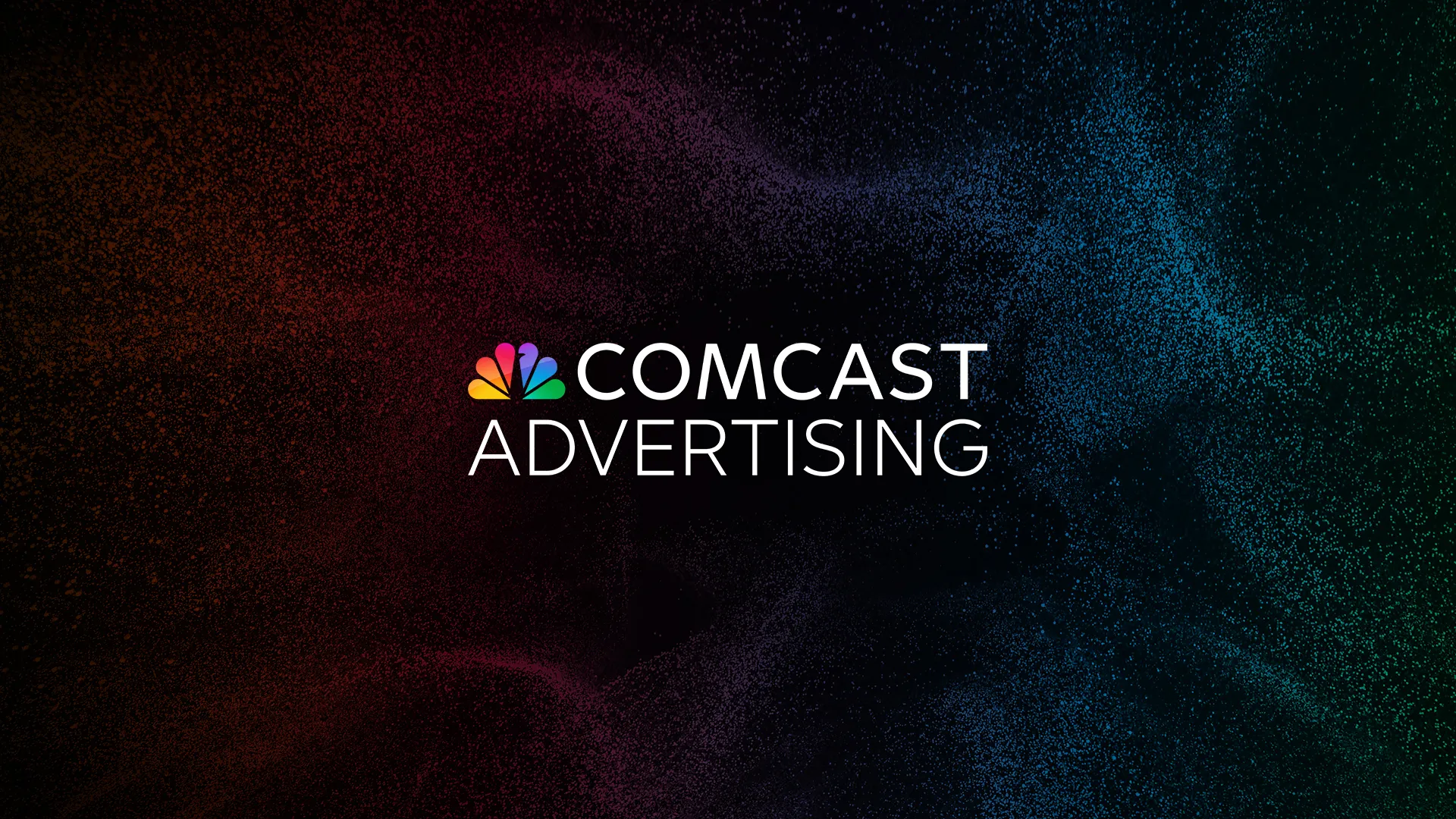Ads That Hit Home: The Local Advertiser’s Guide to Addressable TV Advertising
Local advertisers continue to face a familiar challenge: how to reach the right audience without wasting precious ad dollars. That’s where addressable TV advertising comes in—not as a buzzword, but as a proven tactic that’s within reach for brands of all sizes.
From Pumpkin Spice to Purchase Intent: 4 Things You Need to Know to Beat the Holiday Rush
For many, the return of pumpkin spice lattes is more than just the start of fall—it’s a prologue to the holiday season. For advertisers, this seasonal shift marks a pivotal moment—the chance to connect with consumers early, build awareness, and drive consideration before the holiday rush sets in.
Opening the Right Door: How Comcast Advertising’s New Campaign Puts Clients First
Comcast Advertising is proud to launch our new brand campaign – Your door to what works – a bold new story that puts our clients—and their successes—at the center.
Why Addressable TV Should Be the First Step in Your 2026 Media Plan
As we move into the second half of 2025, advertisers are facing a familiar challenge: how to make the most of remaining budgets while laying the groundwork for a strong start to 2026. In this environment, addressable TV advertising isn’t just a smart addition – it’s a strategic imperative.
From Awareness to Action: Proving TV’s Efficacy in Driving Results Throughout the Purchase Funnel
Multiscreen TV, traditional or streaming TV, remains a key channel for brand awareness, but many brands have shifted to social media to drive immediate results and lower-funnel goals.
What Political Advertisers Can Learn from the 2024 Election to Reach Voters
According to recent reports, political ad spend continues its upward trajectory with the 2024 election cycle seeing the most spend in any cycle to date – hitting a record-breaking $11 billion.
Harnessing Addressable TV Advertising to Reach "Digital-First" Gen Z
With disposable income topping $950 billion – more than double what it was a few years ago – Gen Z is an audience not to be ignored. And while they have a smorgasbord of media options to choose from, this “digital-first” generation still regularly engage with TV.
Why Do Agencies Still Embrace the Upfronts? Because TV Still Matters
With the right partners, brands today can easily tap into the power of premium video content across leading global publishers. But great premium content on TV and streaming is still finite, so the upfronts play a key role in guaranteeing purchase of this valuable entity.
Introducing Comcast Advertising’s Media Solutions
The world of multiscreen TV advertising is in constant motion. It seems every day there is a new technology or offering that promises to upend the industry. Advertisers want simplicity and performance from their media spend, and yet it’s increasingly hard to discern what moves the needle and what is just sales spin.
Start Spreading the News: Cable & FAST Are Better Together
For many advertisers, news programming offers a trusted and effective environment. But some brands avoid it, convinced that proximity to unpredictable news coverage will unwittingly associate them with controversial or negative content. However, research shows that these fears are unfounded.









